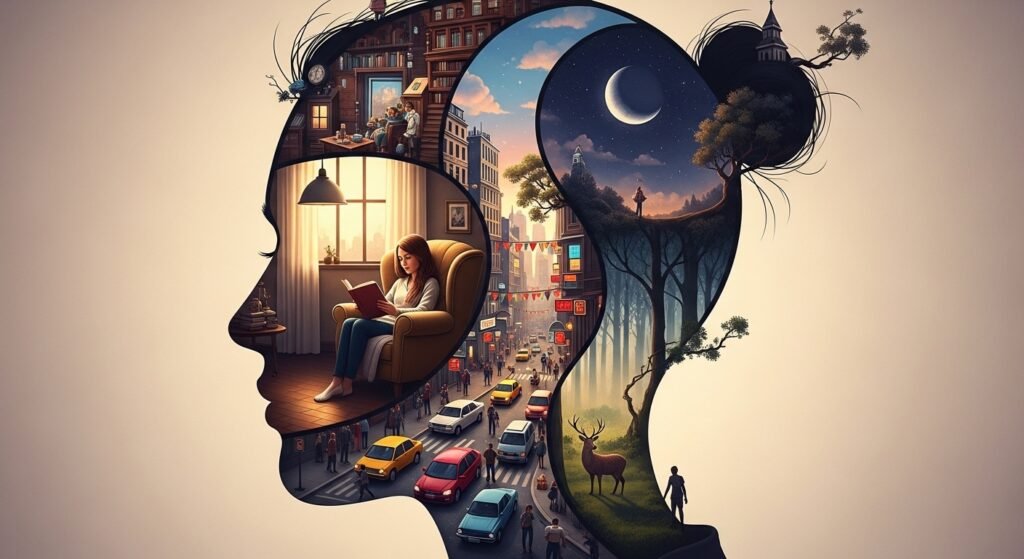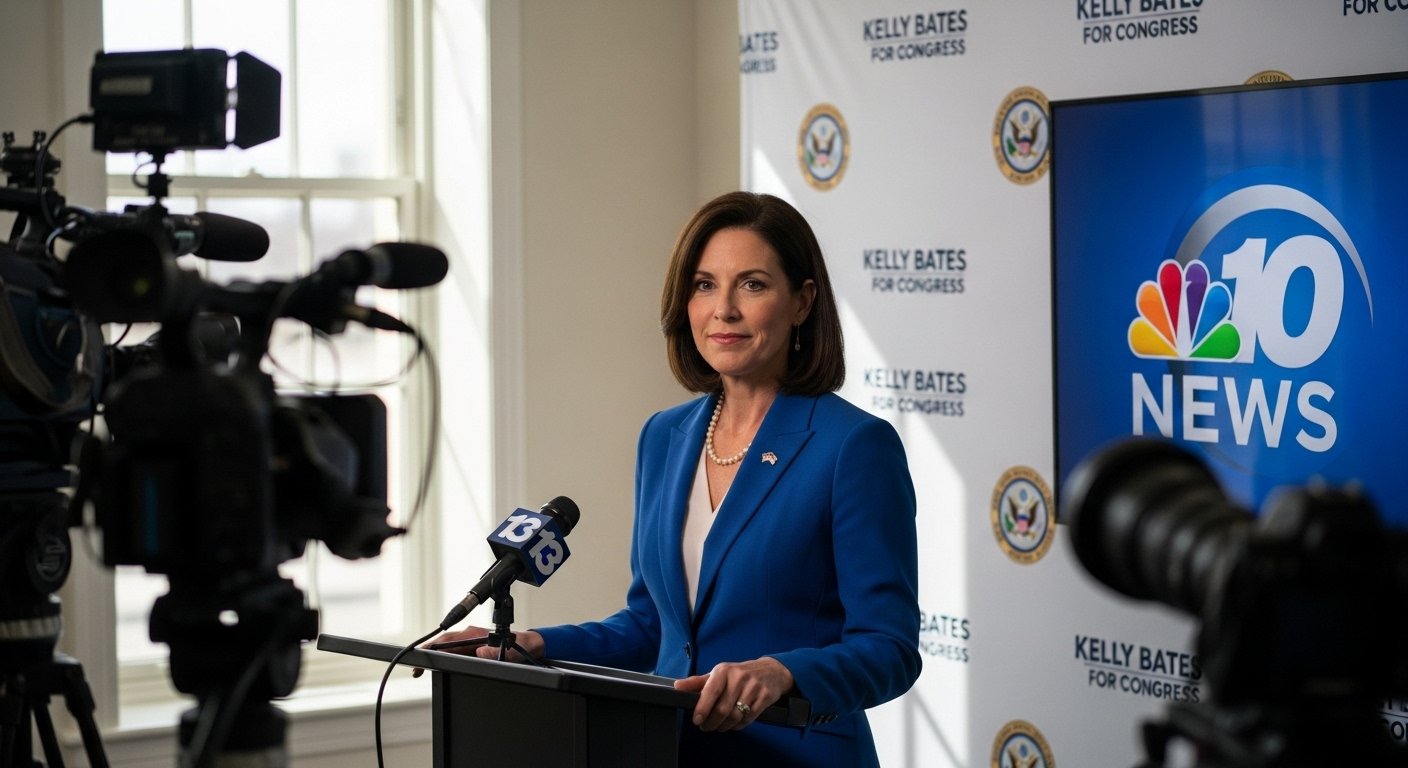Table of Contents
Introduction
Have you ever struggled to stay creative while talking about the same topic over and over again? That’s where the idea of your topics multiple stories can help. Instead of repeating the same story or message, you share several stories related to the main idea. These stories can be real, imagined, short, long, funny, touching, or helpful. They each show the topic from a new angle.
Using your topics multiple stories helps people understand your message better. Why? Because different stories connect with different people in different ways. A story that inspires one person might not do much for someone else. But a second—or third—story might be exactly what they need to hear.
In this article, we’ll take a close look at how you can use this powerful method in your writing, teaching, speaking, social media, and more. We’ll keep it simple, friendly, and full of examples you can try right away. Ready to explore the storytelling magic of your topics multiple stories?
Let’s dive in.
Why Your Topics Multiple Stories Creates More Impact
One story can be powerful, yes. But when you use many stories for the same topic, the message becomes stronger. This is where your topics multiple stories really shines.
Let’s say your topic is kindness. You can talk about holding a door open. Then you could tell a story about a stranger helping during a storm. Another story might be about a child sharing their lunch. Each one shows the same thing—kindness—but from a new view.
People remember stories more than facts. So each story helps the idea stick better in someone’s mind. Plus, when you tell multiple stories, there’s a better chance someone will say, “Hey, that sounds like me!”
With multiple stories, you build connection, emotion, and understanding. That turns a simple message into something people carry with them.
Choosing the Right Topic for Multiple Stories
Before you start telling multiple stories, you need the right topic. But how do you pick one? Simple.
Think about a message or idea you care deeply about. It could be gratitude, honesty, courage, friendship, or learning. A good topic should:
- Be something several people can relate to
- Allow more than one experience or example
- Hold meaning that people need today
Let’s use “self-belief” as an example. You might tell a story about a time you doubted yourself but tried anyway. Another story could be about someone you know who took a big risk. A third might come from a famous person who overcame rejection.
That’s the power of your topics multiple stories—it stretches one idea into many lessons.
Where to Find Stories Connected to Your Topic
You’re probably wondering, “Where can I find multiple stories for my topic?” Don’t worry. Stories are all around you. You just need to know where to look.
Here are easy places to start:
- Your own life – Think about moments you’ve struggled, learned, laughed, or changed.
- People around you – Friends, family, coworkers—they all have stories worth sharing.
- Books and movies – These are full of valuable lessons and examples.
- Online posts – Real posts from others can be turned into stories (with permission).
- History or news – Past events and stories from the news can teach important truths.
Keep a small notebook or digital note list where you save inspiring stories. When you’re ready to talk about a topic again, you’ll have fresh stories saved and ready.
Using Your Topics Multiple Stories for Teaching and Learning

Teachers, parents, and leaders often need to explain the same topic many times. That can get boring—for both speaker and listener. But using your topics multiple stories keeps learning fun and fresh.
Let’s say a teacher wants to talk about perseverance. They could share:
- A story about someone who failed a test but kept studying
- A famous athlete who practiced for years before winning
- A classroom example where a messy project turned into a big success
Each story gives students something new to think about. Some kids may connect with one example, but not another. That’s okay! The wide range of stories helps make sure everyone gets it in their own way.
It’s learning through experience, not just words.
Telling Multiple Stories on Social Media
If you post online—whether on Instagram, Facebook, LinkedIn, or TikTok—you know that keeping people’s attention is hard. That’s why your topics multiple stories is such a smart strategy.
Choose one theme for the week (like courage), and then do this:
- Monday: Share a short personal story
- Tuesday: Post a user-generated story or follower message
- Wednesday: Share a news story on courage
- Thursday: Use a quote and turn it into a mini story
- Friday: Go live or record a video of you telling a longer story
This keeps your feed fresh while building on a clear weekly topic. It also starts conversation, because your stories are real—not just quotes or tips stolen from Google.
That’s the kind of content that people want to follow.
Storytelling for Blog Writing and Content Creators
If you’re a writer or a content creator, you’ve probably asked yourself: “How do I talk about this again without repeating myself?” That’s where your topics multiple stories becomes your writing superpower.
Let’s say your blog topic is personal growth. You could create a set of 5 to 7 unique posts, each one built around a new story but pointing to the same core message.
Here’s how:
- Post 1: Your journey from shy to confident
- Post 2: A client’s story who grew through fear
- Post 3: A historical figure’s growth example
- Post 4: A fiction story or analogy with a strong message
- Post 5: A behind-the-scenes failure you learned from
Each post tells a story, but they all remind readers that growth is possible. That’s how strong topics come to life with storytelling.
How to Structure Multiple Stories in One Talk or Article
You don’t have to use one story per article or lesson. You can use multiple stories right in the same message! In fact, many of the best TED Talks and speeches use your topics multiple stories in one clear speech.
Here’s a simple format you can follow:
- Start with your main message (your “why”)
- Tell story #1—make it relatable and short
- Add a lesson from that story
- Tell story #2—maybe funnier or more surprising
- Tie that story to another lesson
- End with story #3—this one should leave an impact
- Close with your takeaway message or question
This gives your writing or speaking a clean flow. It’s easy to understand, and it keeps people listening or watching.
Emotional Connection: What Multiple Stories Bring to the Table
It’s good to explain your point. It’s even better when people feel it. That’s what happens when you use multiple stories to explain your topic.
Think of your message like a light. Each story you tell is a different lamp showing that message. One might bring laughter. Another might bring tears. A third may bring strength.
Example—your topic is gratitude:
- A story about a grandparent who always said thank you
- A story of someone who said thanks after a tough loss
- A story where feeling grateful changed your day
Now, gratitude isn’t just an idea—it’s something emotional, alive, and real. That’s the magic of your topics multiple stories—it gives people a reason to care.
How Businesses Can Use This Method to Build Trust
People buy from people—not just products. When a business uses your topics multiple stories, it makes the brand more human.
Instead of saying your product is great, tell different stories:
- A customer who solved a real problem
- A behind-the-scenes story of how your product was made
- A founder story full of failure, learning, and guts
- A story of your team helping a client in a big way
These are not sales pitches. They’re trust-builders.
When people hear real stories, they remember the feeling they had—and it becomes part of how they see your brand.
Tips for Collecting and Storing Your Stories
To use your topics multiple stories, you need to gather lots of stories over time. Here’s how to start collecting them like a pro:
- Carry a small notebook everywhere or use a phone notes app
- After any meaningful event, jot down: what happened, how you felt, and what you learned
- Ask your friends or followers to share stories for your topic
- Read books and look for story worth moments
- Use voice memos while driving or walking
Each story is a building block you can use again when your topic comes up. Over time, you’ll build a story library that makes writing or sharing easier and more powerful.
Don’t Let Your Stories Be All the Same
Here’s a warning: if all your stories sound the same, people will start tuning out—even if your topic is good. To keep attention, vary your style. Mix deep and funny. Short and long. Visual and emotional.
Here are four formats you can rotate:
- The “I messed up” story = shows honesty
- The “someone saved me” story = shows connection
- The “never saw it coming” story = adds surprise
- The “quiet moment” story = gives reflection
Different styles speak to different hearts. With your topics multiple stories, you reach more people because you don’t tell your message over and over—you show it.
FAQs
1. What does “your topics multiple stories” mean in simple words?
It means using different stories to explain the same idea or message so people can understand and connect.
2. Why use multiple stories instead of one?
Different people relate to different stories. More stories give new emotion, variety, and learning without repeating yourself.
3. Can I use this idea in a classroom, blog, or podcast?
Yes! This method works for teaching, content writing, podcasts, YouTube videos, classrooms, and even business.
4. How do I know if my story is good enough?
If it’s meaningful to you, and it connects to your topic, it’s good. Honest stories are always better than perfect ones.
5. How short or long should each story be?
It depends, but even 100 words can be enough for a mini story. Just stay focused on the key moment and lesson.
6. Where can I find inspirational stories for my topic?
Your life, books, online communities, news, history, friends, and students are all good sources!
Conclusion
Your message matters. Your topic is important. And your voice is stronger when you use multiple stories to show different sides of that message. Don’t feel stuck trying to say the same thing in the same way.
Remember this: one good story teaches. Many stories transform.
Whatever message you’re sharing—kindness, courage, forgiveness, discipline, growth—there’s a treasure of stories waiting behind it. Tell them. Share the laughs, the lessons, and the heart.
The world is full of noise. But stories? Stories make people listen.
Start with one topic. Add three true stories. You’re now using the power of your topics multiple stories—and changing the way people learn, feel, and connect.




